Historical African American Experiences at Cherry Hill
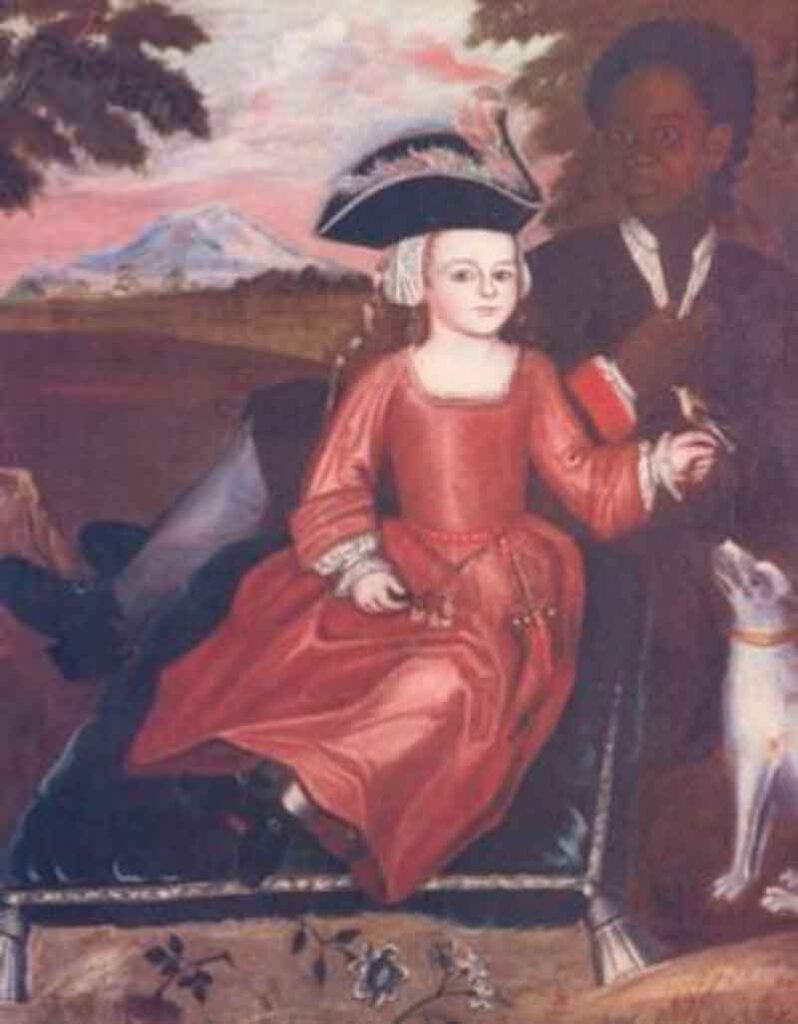 Grades 4 – 11, Social Studies & ELA
Grades 4 – 11, Social Studies & ELA
Guided by essential questions, students learn to read primary source documents and artifacts from the digital collection by the same name and other available resources to better understand slavery and gradual emancipation in Albany.
Teacher’s Guides contain lesson plans, sample answers, and connections to NYS & Common Core learning standards.
Classroom Slides can be used for in-person or remote instruction, or as independent assignments. Activities include guided questions, prompts to dig deeper into historical topics, links to primary sources and a 3D tour of the historic house.
Printable worksheets correspond with the lesson plans and classroom slides.
Slavery at Cherry Hill
Grades 4-8
Students look at primary objects and documents and take a 3D tour of the museum to learn about the institution of Slavery in Albany, New York. Activities increase content knowledge, strengthen foundational skills, and support 4-8 Common Core standards for ELA & Social Studies.
Teacher’s GuideClassroom SlidesWorksheets
Slavery in Albany, New York, Lesson 1
Grades 7-12
Guided by essential questions, students analyze primary objects and documents related to the period of enslavement to better understand the experiences of enslaved people until Emancipation in 1827. The lesson ends with the solving of a “True Cherry Hill Mystery” and a 3D tour of the museum. This is one of two lessons, and supports 7-12 curriculum standards for Social Studies & ELA.
Gradual Emancipation: Slavery by a Different Name, Lesson 2
Grades 7-12
Guided by essential questions, students analyze primary objects and documents related to gradual emancipation and the legacy of Slavery as it manifested at Cherry Hill. The lesson ends with the solving of another “True Cherry Hill Mystery” and 3D tour of the museum. This is the second of two lessons, and supports 7-12 curriculum standards for Social Studies & ELA.
These teaching units were made possible in part by a major grant from the National Endowment for the Humanities: Democracy demands wisdom. Many thanks to NEH for making possible the research, digitization, and interpretation of the collection, and the creation of these materials.
Another thanks goes to Siena College for the use of their Digital Scholarship Center to scan dozens of books and fragile manuscripts, as well as the college’s McCormick Center for the Study of the American Revolution internship program.
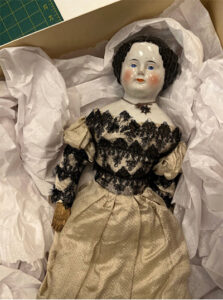 Consider the Source Online: Teaching With Historical Records is a FREE online community that connects educators across New York State to the valuable primary sources materials found in the churches, museums, historical organizations, libraries, and state and local governments with a series of highly-engaging learning activities designed to guide and encourage students at all grade levels to make discoveries using critical thinking skills.
Consider the Source Online: Teaching With Historical Records is a FREE online community that connects educators across New York State to the valuable primary sources materials found in the churches, museums, historical organizations, libraries, and state and local governments with a series of highly-engaging learning activities designed to guide and encourage students at all grade levels to make discoveries using critical thinking skills.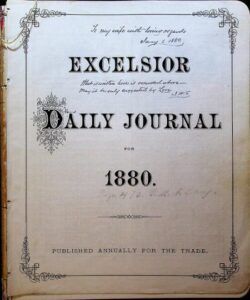 The handwritten manuscript daybooks of Harriet Maria Elmendorf “Hattie” Gould (1844-1920) reflect the dynamic environment of a multigenerational household in nineteenth-century Albany, New York. Hattie was the great-grandchild of Philip and Maria Van Rensselaer, the first owners of Cherry Hill. She lived at Cherry Hill from 1844 to 1884. Hattie kept handwritten daybooks, or diaries, from 1879 to 1884. While the entirety of the nineteenth century was a time of immense change at Cherry Hill, this period in particular highlighted the changing social landscape and economic hardships of the household.
The handwritten manuscript daybooks of Harriet Maria Elmendorf “Hattie” Gould (1844-1920) reflect the dynamic environment of a multigenerational household in nineteenth-century Albany, New York. Hattie was the great-grandchild of Philip and Maria Van Rensselaer, the first owners of Cherry Hill. She lived at Cherry Hill from 1844 to 1884. Hattie kept handwritten daybooks, or diaries, from 1879 to 1884. While the entirety of the nineteenth century was a time of immense change at Cherry Hill, this period in particular highlighted the changing social landscape and economic hardships of the household.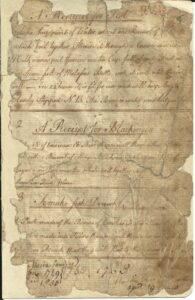 A collection of manuscript cookbooks kept by several generations of Cherry Hill women (and a few men) spanning the 18th, 19th, and 20th centuries. Individual receipts include cooking recipes, remedies for the sick, and instructions for farming, as well as newspaper clippings and other ephemera.
A collection of manuscript cookbooks kept by several generations of Cherry Hill women (and a few men) spanning the 18th, 19th, and 20th centuries. Individual receipts include cooking recipes, remedies for the sick, and instructions for farming, as well as newspaper clippings and other ephemera.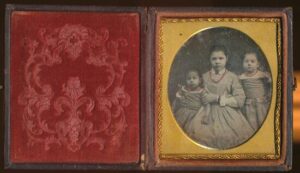 This collection includes bills of sale, indentures, and letters related to people who were enslaved by the Cherry Hill Van Rensselaers and their relatives, between 1760 and 1827, as well as letters, books, photographs, dolls, musical instruments and other artifacts related to five children of African American descent raised as wards and servants at Cherry Hill and in other Van Rensselaer households.
This collection includes bills of sale, indentures, and letters related to people who were enslaved by the Cherry Hill Van Rensselaers and their relatives, between 1760 and 1827, as well as letters, books, photographs, dolls, musical instruments and other artifacts related to five children of African American descent raised as wards and servants at Cherry Hill and in other Van Rensselaer households.